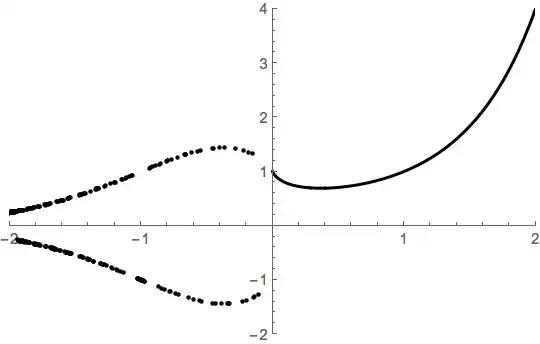The function $f(x) = x^x$ gives a complex number only if x has an even denominator. I'm not sure about irrational numbers. Why, then, is the best graph I can find of that function that of Wolfram Alpha, which plots adjacent sinusoidal waves for the real and imaginary parts, even at well-defined values such as $x = -\frac{1}{3}$? (And that's the plot that includes imaginary numbers; the real-valued plot shows nothing below zero.) I suspect this might be because the results are computed in a way that requires imaginary numbers.
The number of values for which the function is defined is infinite, but the values for which it is not are also infinite. So how should the graph look below zero?
(Note that in order to avoid another point where the function may be undefined I'm assuming that $0^0 = 1$.)


